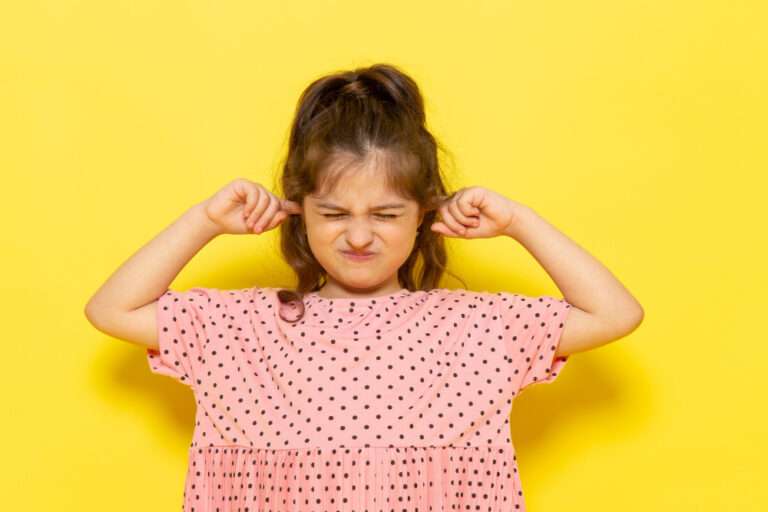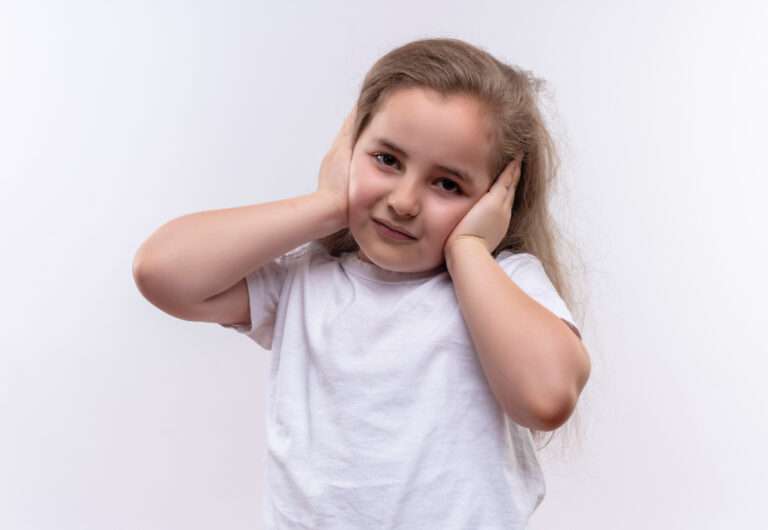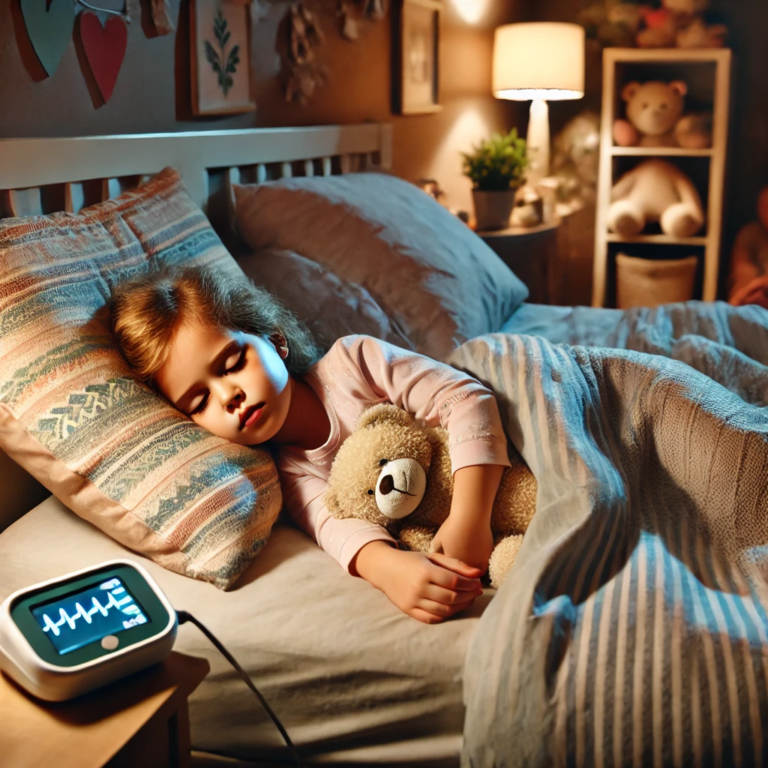My child snores loudly. Could this be a sign of sleep apnea?
When your child snores loudly, it’s natural to be concerned, particularly if the snoring disrupts their sleep or seems to affect their well-being. Snoring in children can indeed be benign, often associated with a cold or sinus infection. However, when it is loud, persistent, and accompanied by other symptoms, it could indicate a more serious…










